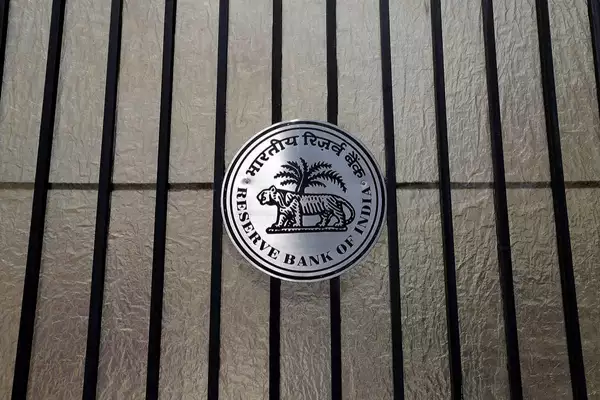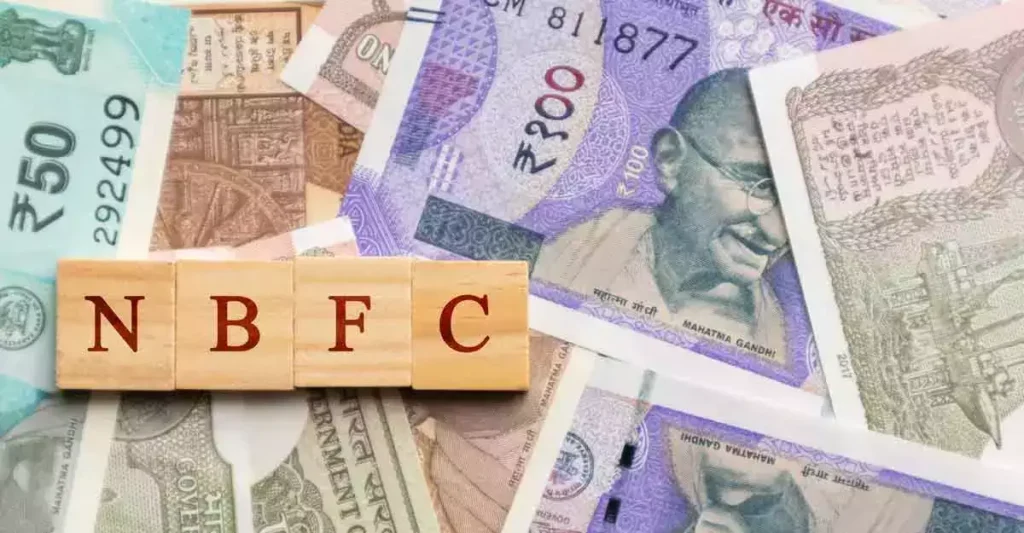The Reserve Bank of India (RBI) recently highlighted that the NBFC sector (Non-Banking Financial Companies) continues to show resilience under the Scale-Based Regulation (SBR) framework.
Key Highlights:
Resilient Financial Landscape:
- The NBFC sector witnessed double-digit credit growth, with adequate capital levels and low delinquency ratios as of 2023.
- Improved return on assets (RoA) and return on equity (RoE) indicate a rise in profitability across the sector.
Improved Asset Quality:
- The Gross Non-Performing Asset (GNPA) ratio has significantly decreased:
- Government NBFCs: From 4.4% in December 2021 to 2.4% in December 2023.
- Non-Government NBFCs: From 10.6% to 6.3% in the same period.
- Middle-layer NBFCs maintained adequate provisions for riskier loan portfolios, resulting in a lower net NPA ratio than upper-layer NBFCs.
Diversified Funding Base:
- NBFCs are diversifying funding sources to reduce dependency on bank borrowings, ensuring financial stability.
Regulatory Framework:
- The extension of the Prompt Corrective Action (PCA) framework to government-owned NBFCs from October 2024, will further strengthen risk management and financial discipline.
Sectors Driving Growth:
- Secured retail credit, particularly in gold loans, vehicle loans, and housing loans, witnessed robust growth.
- Continued expansion was seen in the industrial and service sectors.
Emerging Challenges:
- Cybersecurity and Climate Risks: NBFCs need to be mindful of cybersecurity and climate-related risks that could affect the financial landscape.
- Assurance Functions: Risk management, compliance, and internal audits are crucial for maintaining the robustness of NBFCs and the financial system.
Scale-Based Regulation (SBR) Framework for NBFCs:
- SBR aims to regulate NBFCs based on size, activity, and perceived risk.
- Introduced in: 2022
- It classifies NBFCs into 4 layers for differential regulation-
- Top Layer: Enhanced supervision for NBFCs with extreme risk.
- Upper Layer: Tighter regulation for systemically significant NBFCs.
- Middle Layer: Includes non-deposit-taking NBFCs with assets > ₹1000 crore and deposit-taking NBFCs.
- Base Layer: NBFCs with assets < ₹1000 crore.
- Each layer is subject to different regulatory requirements, tailored to its size and risk profile.
- Impact of SBR: The performance of NBFCs under SBR shows improved asset quality and better risk management.
Ref: Source
| UPSC IAS Preparation Resources | |
| Current Affairs Analysis | Topperspedia |
| GS Shots | Simply Explained |
| Daily Flash Cards | Daily Quiz |
Frequently Asked Question:
What is the Scale-Based Regulation (SBR) framework for NBFCs?
The SBR framework regulates NBFCs based on their size, activity, and risk, categorizing them into four layers for differential supervision.
How has the asset quality of NBFCs improved under SBR?
The Gross NPA ratio decreased for government NBFCs from 4.4% in 2021 to 2.4% in 2023, and for non-government NBFCs from 10.6% to 6.3%.
What are the four layers under the SBR framework?
The four layers include Top, Upper, Middle, and Base Layers, each with tailored regulations based on risk and asset size.
Which sectors are driving growth in the NBFC sector?
Secured retail credit, including gold loans, vehicle loans, and housing loans, along with expansion in industrial and service sectors, are driving growth.
What challenges do NBFCs face under the SBR framework?
NBFCs face emerging challenges like cybersecurity risks and climate-related financial risks that could impact their operations.



